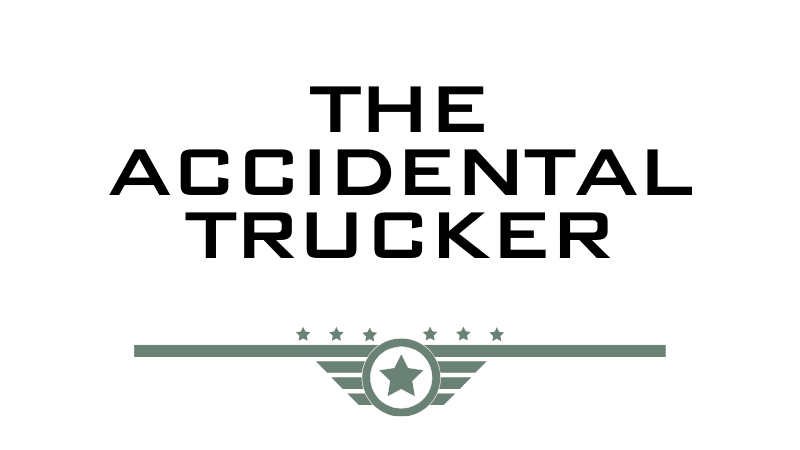
With 2024 now behind us, we look forward to what 2025 may bring. Many of us, however, have entered the year with a degree of trepidation, especially when you look back on last year and see the number of businesses that fell over. Many probably went this way because of poor management and/or lack of awareness of the changing business environment until it was too late. You need to keep yourself informed of what is happening in and around your business and the many factors that influence it, and, at the first sign of something not going right, act – do not wait until the liquidators pay you a call.
We have already seen predictions that 2025 will be an improvement over 2024, but then who can really predict what influence Mr Trump will have as he takes office again?
Closer to home, this is the year when we must see the government deliver on its promises; its holiday is over. Yes, Mr Luxon and Co are aware of this – no doubt, with their gaze fixed firmly on the 2026 election. But we all need to see signs that what they promised to do is working for us all. Otherwise, they will be out on their ear.
By the time this article is published, we will know the outcomes of the traditional New Year Cabinet reshuffle and, no doubt, some of the present crop of ministers will find they have to survive on less money. One of these ministers will likely be Penny Simmonds, the Minister for Tertiary Education and Skills. Whether the reforms she has initiated for tertiary education, which includes industry training, will continue in the direction she has indicated will be interesting to see. But we need to know one way or another and quickly. Later this year, we have the local body elections; often these are a pointer to the national thinking of the country.
Another interesting aspect of government policy is the Interislander Cook Strait ferries. Will they or won’t they be able to carry trains? A similar saga is unfolding in Australia, where two new ships were ordered, Spirit IV and Spirit V, for the mainland-to-Tasmania run, which are bigger than the present ships. When the first one was completed, it was realised that the infrastructure needed to support these would not be ready for about another two years. The current situation is that the first was completed in Finland and sailed to Scotland, where it is now parked up in Leith, with the owners seeking to charter it out for a couple of years. No doubt a similar fate awaits the second one when it is completed.
I was interested in a comment about the shortage of truck drivers attributed to a representative from Transporting New Zealand included in an article in the New Zealand Herald of 2 January by a reporter who completed an NZTA-approved course to get his Class 2 driver licence. In this article, the representative is quoted as saying, “The shortage of drivers is not as severe as it was in 2023.” The article also says, “The government temporarily opened up a residence pathway for migrant drivers, but this pathway is now closed after the acute shortages were addressed.” This approach is exactly what happened some years ago when there was a shortage of drivers. The industry associations lobbied the government of the day, resulting in an influx of drivers from overseas. This put a temporary fix in place, reducing the problem dramatically. But the industry did not learn that it is the one that needs to address the problem long-term and become more proactive in providing training opportunities for new entrants.
We are repeating history. The industry must take control of its future staffing needs. We must ensure a steady supply of local drivers willing and able to meet our needs; only we can do that.





